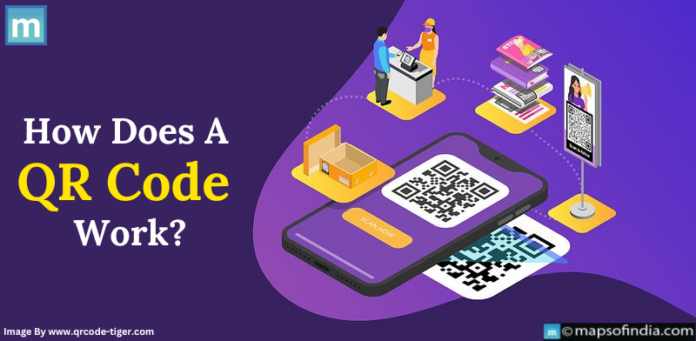QR codes are now commonplace in an age when smartphones have become extensions of our hands. They appear in advertisements, business cards, product packaging, and restaurant menus. But how can these tiny squares perform their magic? What’s the story behind their invention? Let’s find out in this article.
The Origin of QR Codes
Masahiro Hara, a Japanese engineer at Denso Wave, a Toyota subsidiary, devised QR codes, or Quick Response codes, in 1994. QR codes were initially established to track automotive parts during manufacturing and were intended to hold more information than regular barcodes. They immediately became popular in Japan due to their quick reading and ability to store large amounts of data.
How Do QR Codes Work?
QR codes are two-dimensional barcodes of black squares arranged in a white square grid. Unlike regular barcodes, QR codes can store data horizontally and vertically, allowing them to hold substantially more information. The process of generating and reading QR codes involves several steps:
-
Encoding Information
When you create a QR code, you enter the desired information, such as a website URL, contact information, or plain text. This data is then encoded into a matrix of black and white squares using a specific technique.
-
Error Correction
QR codes are designed with error-correcting features to assure accuracy. This means that the data can still be recovered even if some of the code is broken or obscured. The error correction level can be adjusted, allowing for a balance between data capacity and redundancy.
-
Generating the QR Code
Once the information is encoded and error correction is applied, the QR code is generated as a graphic image. This image can be printed on various surfaces or displayed digitally.
-
Reading the QR Code
To read a QR code, you’ll need a QR code scanner app for your smartphone or a dedicated QR code scanner gadget. When you scan the code, the app or device grabs the image and decodes the data. This process usually just takes a fraction of a second.
QR Codes in Business
Payment processing is one of the most prevalent applications of QR codes in business. QR codes have transformed transaction processes in nations like India, particularly for small companies and street vendors. Here’s how it goes for someone launching a business in India:
-
Acquiring a QR Code
To take digital payments using QR codes, a company owner must collaborate with a payment service provider or bank that provides QR code-based payment solutions, such as PhonePe, Paytm, BharatPe, and Google Pay. These suppliers generate a unique QR code linked to the business owner’s bank account.
-
Displaying the QR Code
After the QR code is generated, the business owner can print it and place it conspicuously in their shop or stall. Customers can scan the code with their cellphones and pay immediately from their bank accounts or digital wallets.
-
Receiving Payments
When a consumer scans the QR code to make a payment, funds are electronically transferred from the customer’s account to the company owner’s account. This procedure is safe and simple and eliminates the need for currency transactions.
-
Monitoring Transactions
Business owners can track their transactions and earnings using the payment service provider’s dashboard or mobile app. This enables more effective financial management and transparency.
In addition to payments, QR codes are also used in marketing, inventory management, ticketing, and various other applications across different industries.





